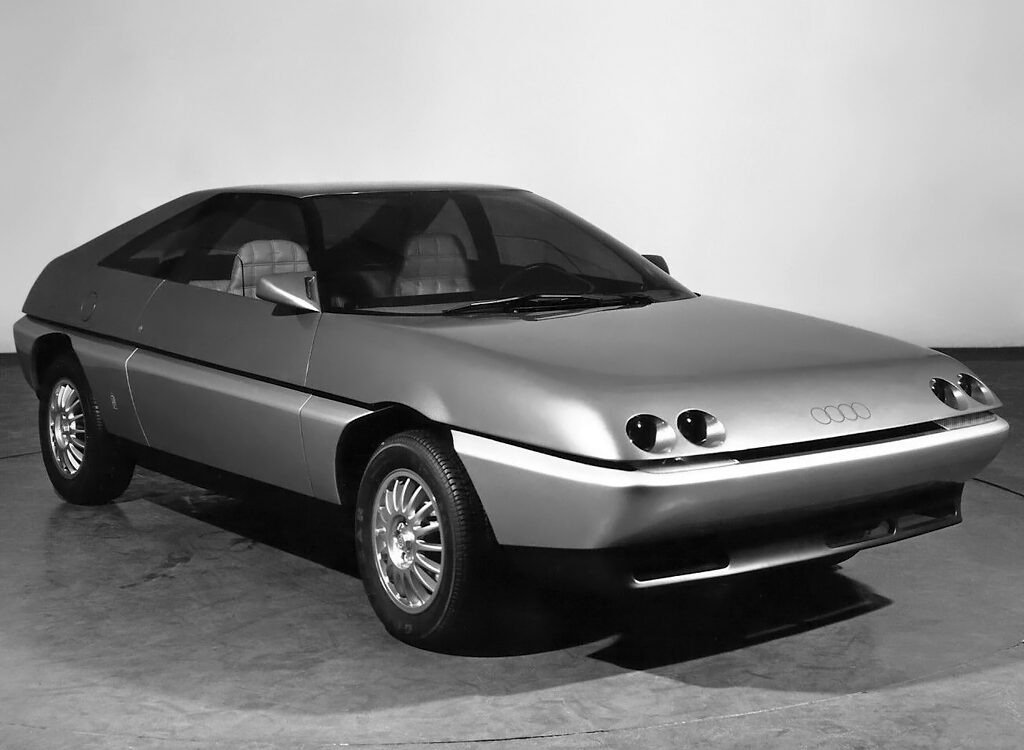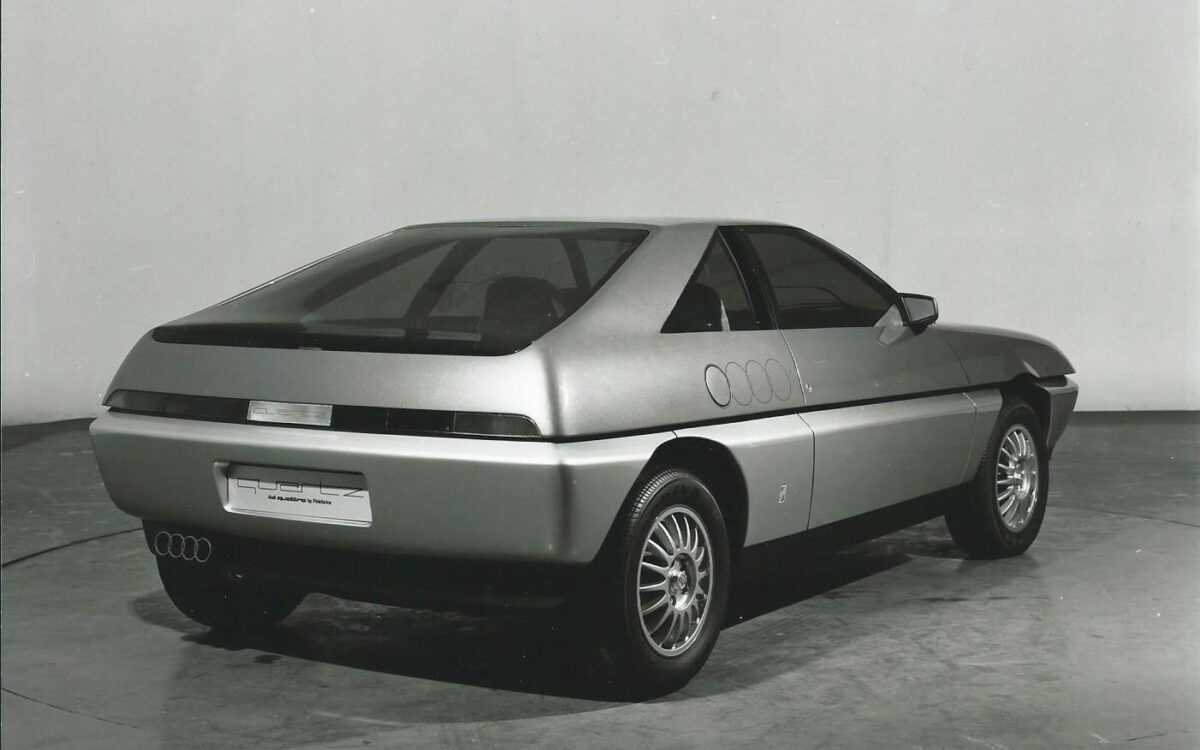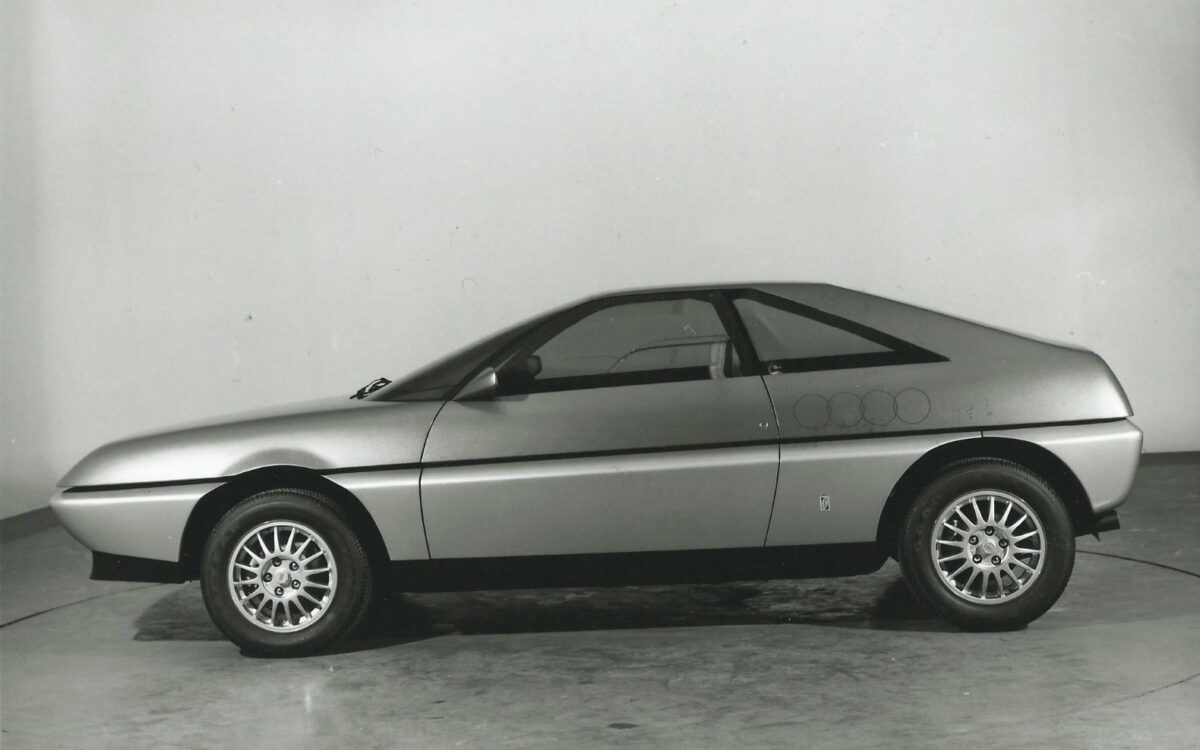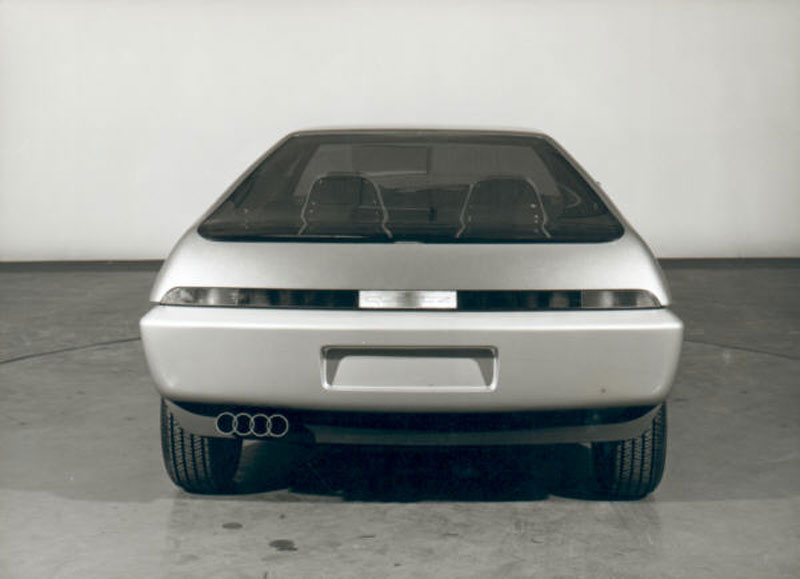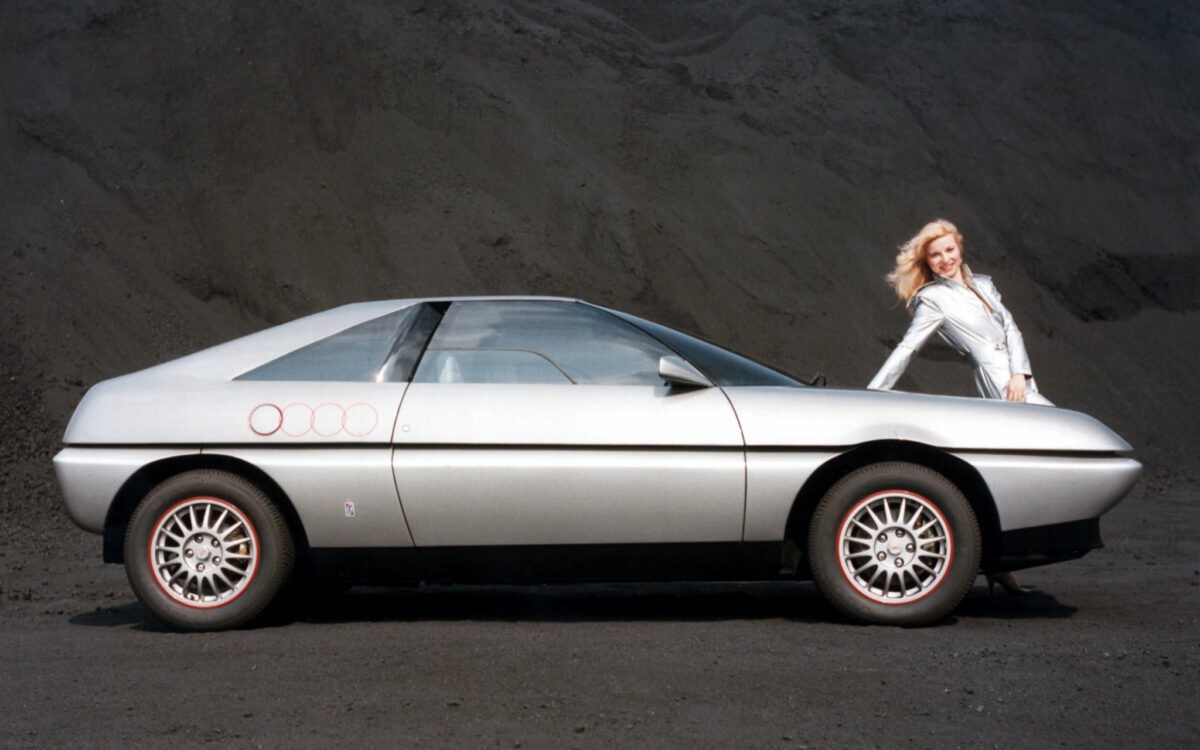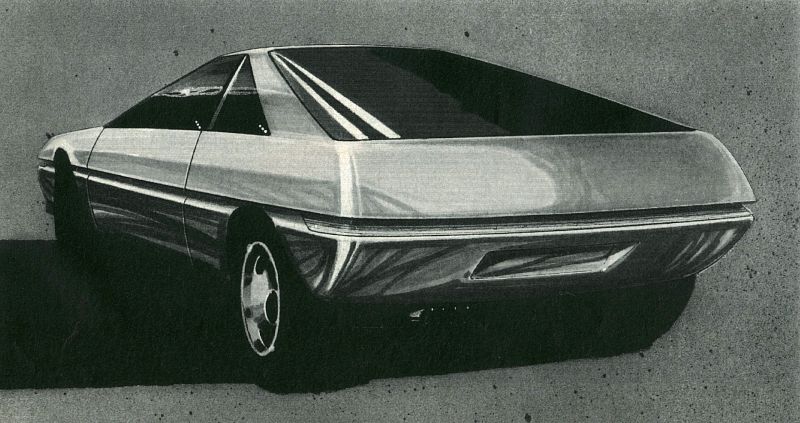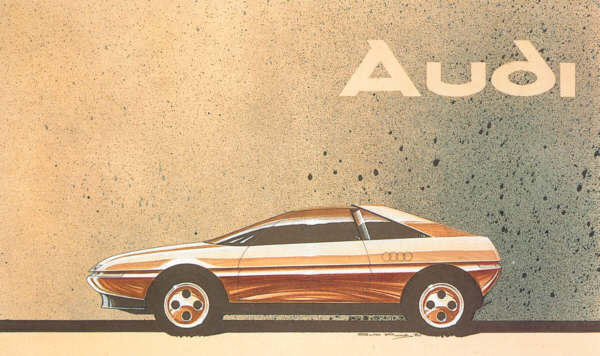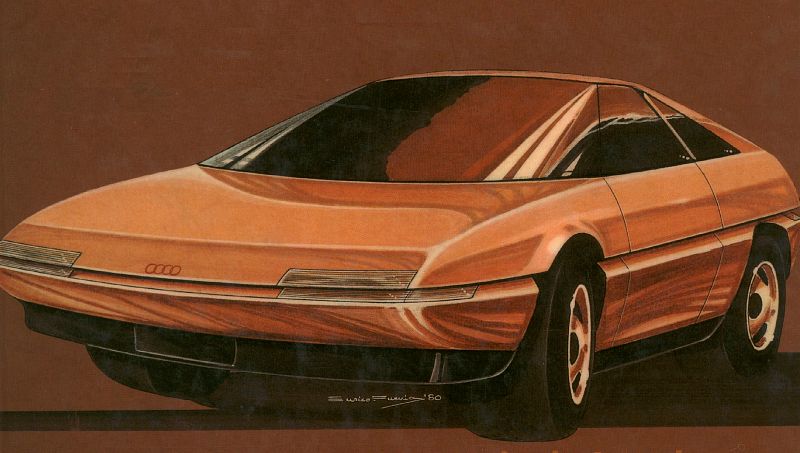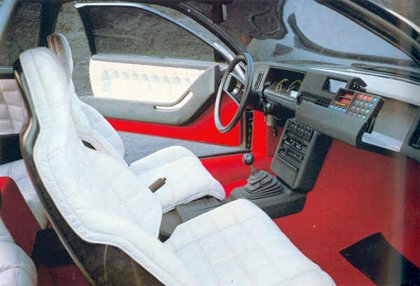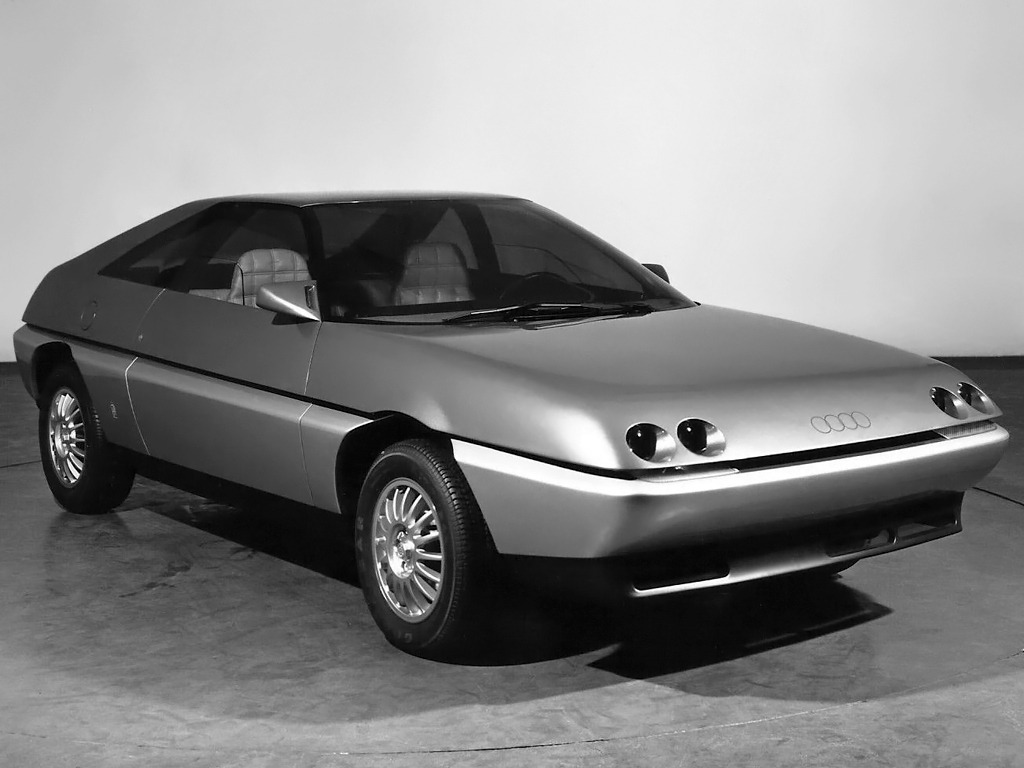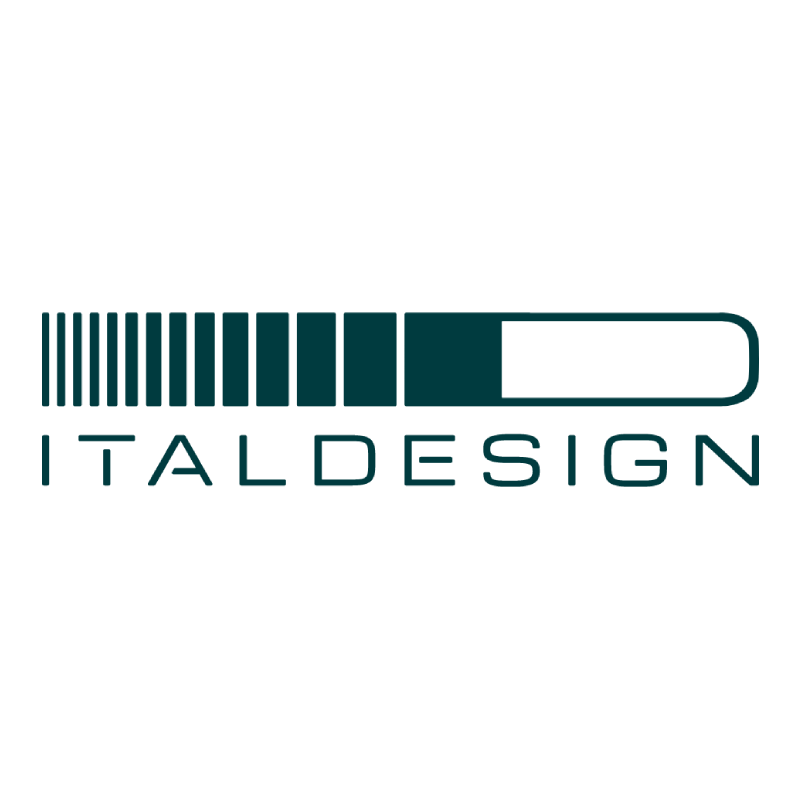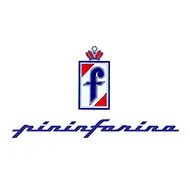Pininfarina Through the Ages: The Complete History
Discover the fascinating journey of Pininfarina, a name synonymous with luxury automotive design and innovation. From its inception in 1930 to its status as a leader in the industry, this article explores the milestones, iconic vehicles, and visionary designers who shaped the brand’s legacy. Delve into the evolution of Pininfarina, highlighting notable achievements such as the Ferrari 550 Barchetta, the Cambiano concept, and the introduction of Automobili Pininfarina. Join us as we celebrate the artistry and engineering excellence that has defined Pininfarina through the decades.

